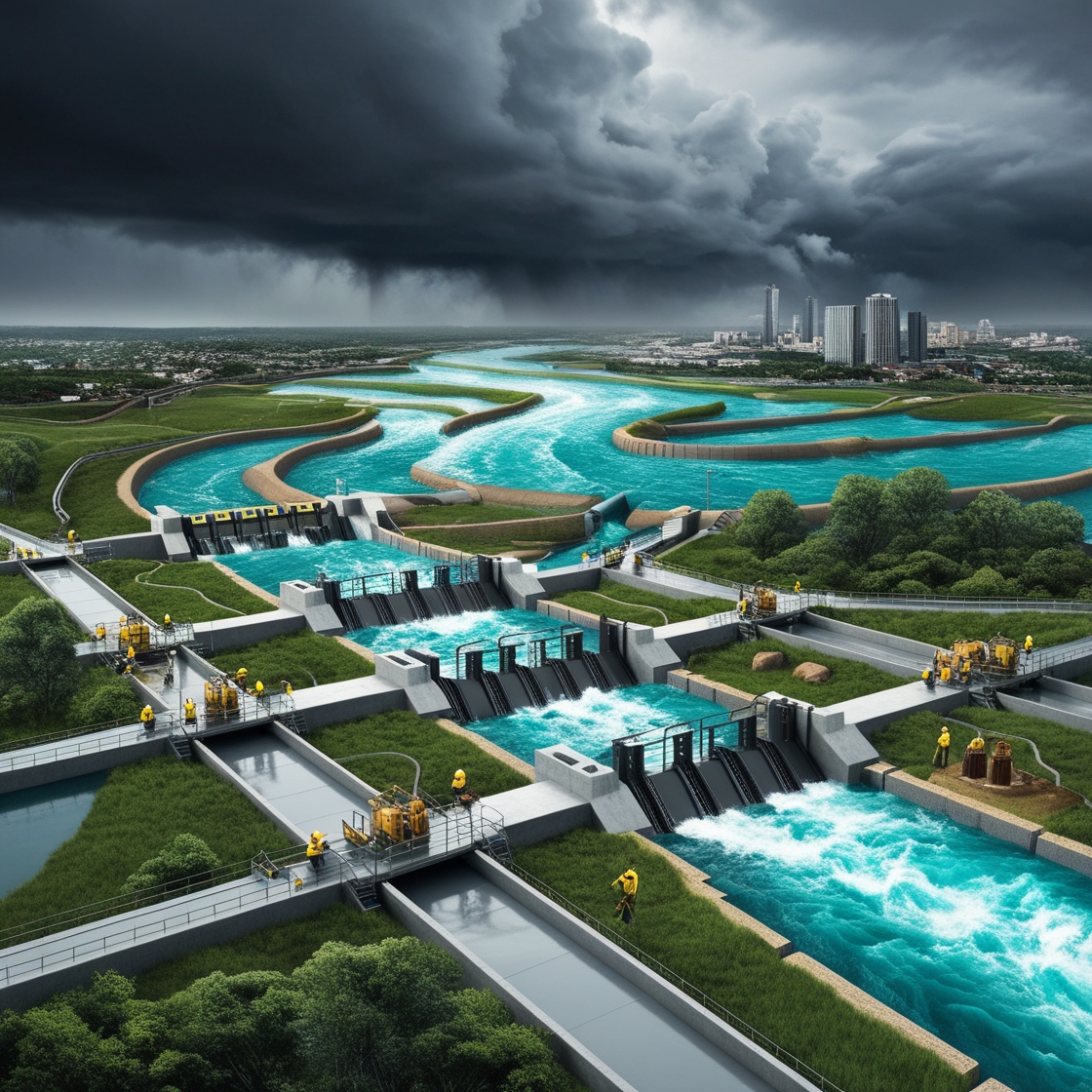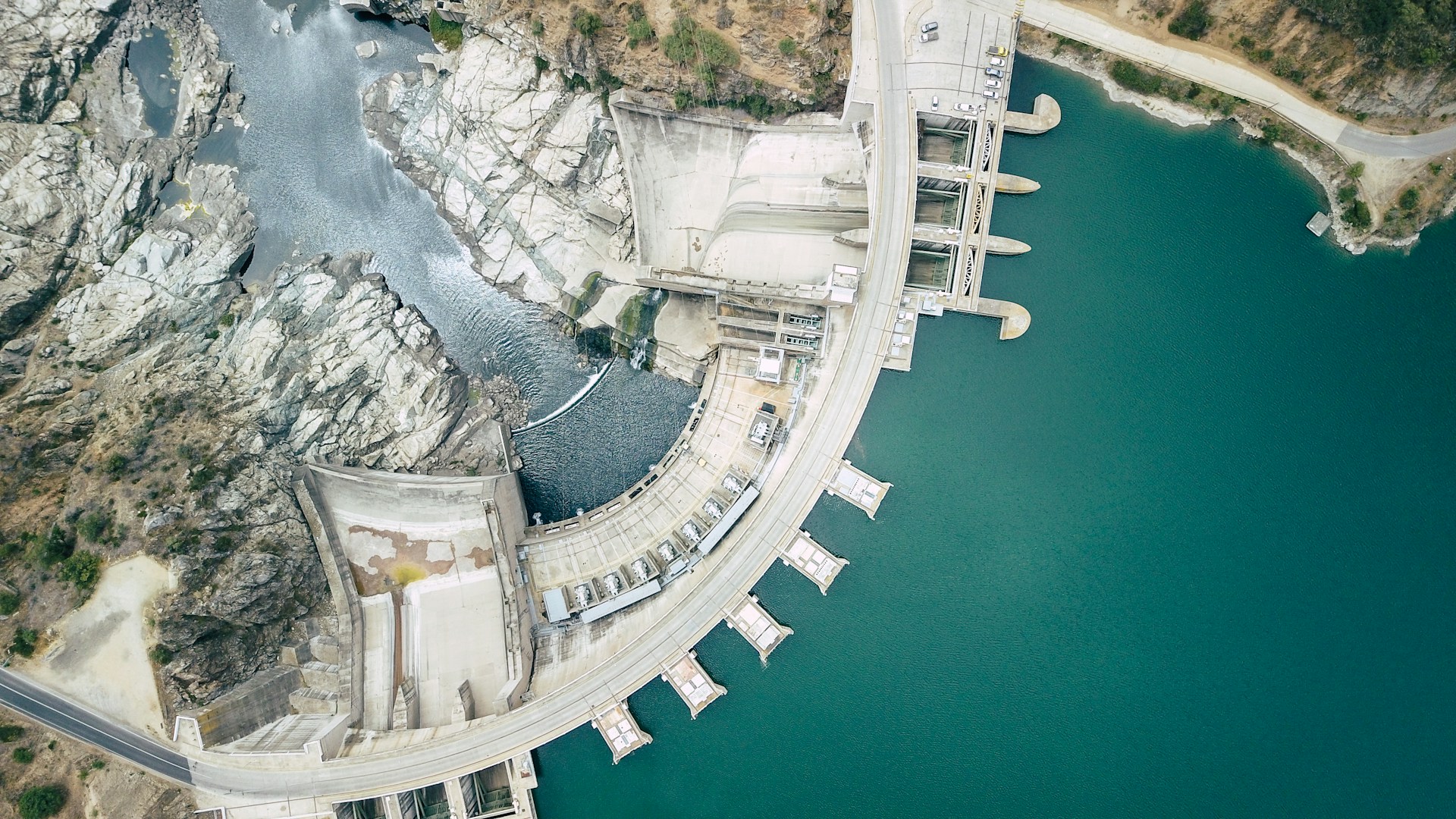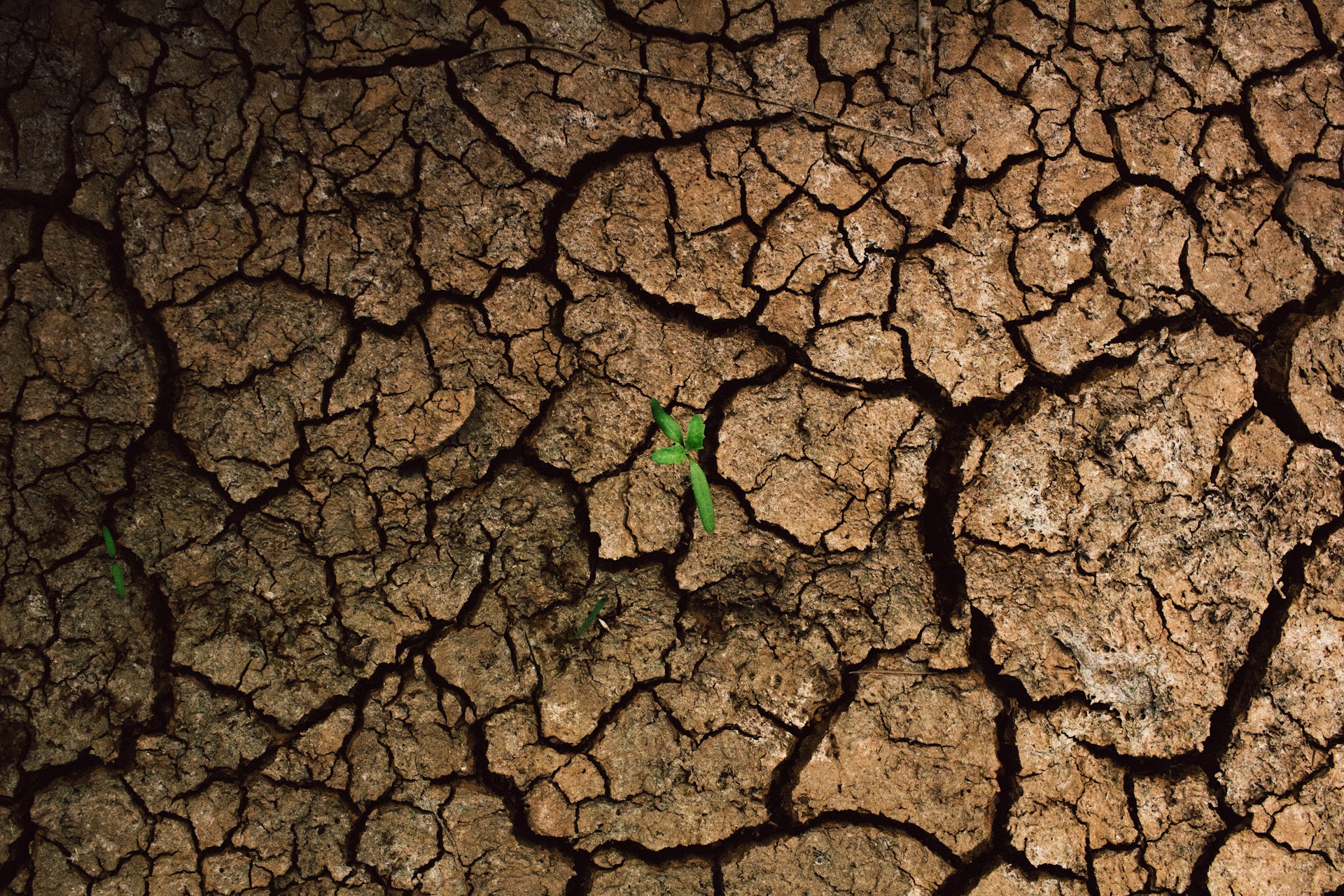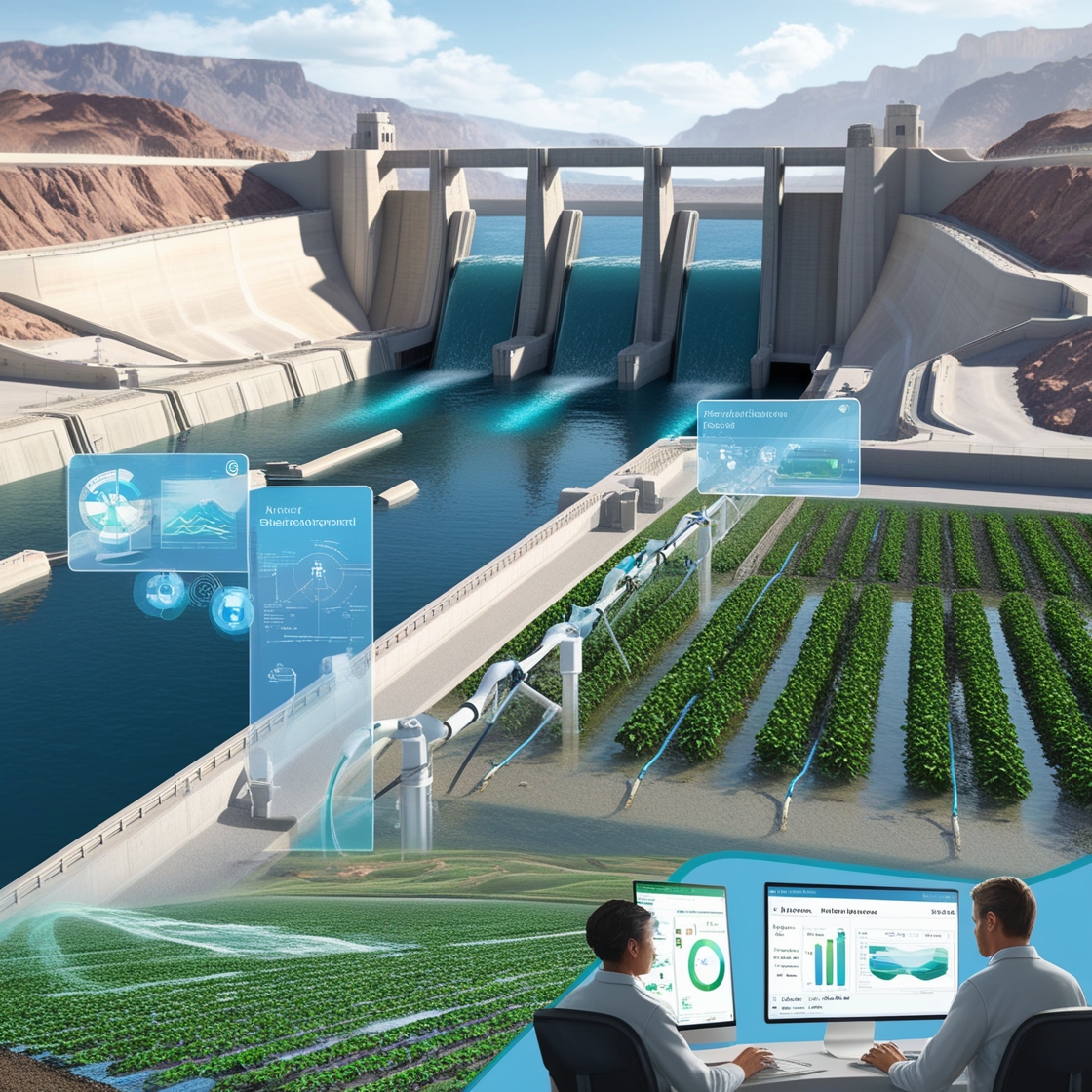Introduction
Water is arguably the most prized commodity on Earth—as a basic requisite of life, an economic driver, and the heart of ecosystems. However, there is an evident rise in the challenge of managing this already finite resource: the growing demands of the population, the wide-ranging impacts brought about by climate change, and rapid industrialization. As the pressure intensifies, there’s never been a stronger need for novel data-driven approaches. Water Management Analytics has become a game-changing approach that can help gain insight, predict, and act upon water-related challenges with precision and foresight. By leveraging Data Analytics, governments, organizations, and communities can optimize water use, reduce risks, and ensure a water-secure future for generations to come.
The importance of Water Management Analytics lies in the power to transform raw data into actionable insights. From predictive flood control systems that reduce the impacts of disasters to optimized reservoir management, analytics helps make better decisions on everything from supply management to demand forecasting. Real-time monitoring of water levels and weather patterns allows authorities to foresee and take measures against impending flood events, thus saving lives and reducing damage to a minimum. Equally, smart irrigation systems, working with improved Data Analytics, can achieve optimum water delivery for maximum yields and minimum losses, a very vital solution for places that suffer from acute water shortage, coupled with unpredictable weather changes.
Additionally, the benefits of integrating Water Management Analytics do not stop at operational gains in the short term. The systems are integral in long-term global challenges of adaptation to climate change and forecasting droughts. Predictive models, supported by historic and real-time data, empower stakeholders to assess the risks, prioritize interventions, and make strategies that increase resilience to future uncertainties. By harmonizing water management with information from data analyses, societies achieve a balance in economic development, ecological preservation, and human well-being.
This article presents the transformative role of Water Management Analytics, considering its applications to areas like hydropower data analysis, resource allocation, and water quality analysis. We’ll show, through real examples and actionable strategies, how Data Analysts are using technology to transform global water systems. This will help them understand in-depth how analytics can answer some of the most important questions about water challenges in the world and provide innovative solutions toward a more sustainable future. With such advancements, we are opening up opportunities to ensure water security for future generations while fostering resilience and sustainability in an ever-evolving world.
Key Applications of Water Management Analytics
1. Flood Control Systems
Floods are among the most devastating natural calamities that result in the loss of lives and properties. Predictive modeling for water flow using historical and real-time data enables authorities to stay one step ahead of flood events and take mitigative measures.

2. Reservoir Optimization
Efficient management of reservoirs is crucial to balance water storage, hydropower generation, and ecological requirements.
How It Works: Data Analytics analyzes inflow patterns, precipitation forecasts, and demand trends to optimize reservoir operations.

3. Smart Irrigation Systems
Agriculture utilizes most of the Earth’s water supply. Analytics-powered smart irrigation systems optimize water application based on soil moisture, weather, and crop demand.

4. Water Quality Analysis
Clean water is important to public health. Water quality analysis includes the identification of contamination sources and monitoring treatment processes for the elimination of unsafe supplies.

5. Drought Forecasting
Drought forecasting, using Data Analytics, proves to be a big help in water-scarce regions.
How It Works: Historical weather data combined with climate change adaptation models predict drought patterns, thus proactive measures may be taken on water rationing and storage optimization.

Implementing Water Management Analytics
1. Define Key Metrics
Identify critical metrics such as water demand, quality parameters, and precipitation patterns. These metrics serve as the foundation for actionable insights.
2. Invest in Advanced Tools
Adopt platforms like Tableau, Power BI, and IoT-enabled sensors for real-time monitoring and data visualization tools for water systems.
3. Foster Collaboration
Collaboration among Data Analysts, policymakers, and local communities ensures the alignment of analytics solutions with on-the-ground realities.
4. Continuous Review and Adaptation
Regularly update predictive models and strategies to account for changing climatic and socio-economic factors.


